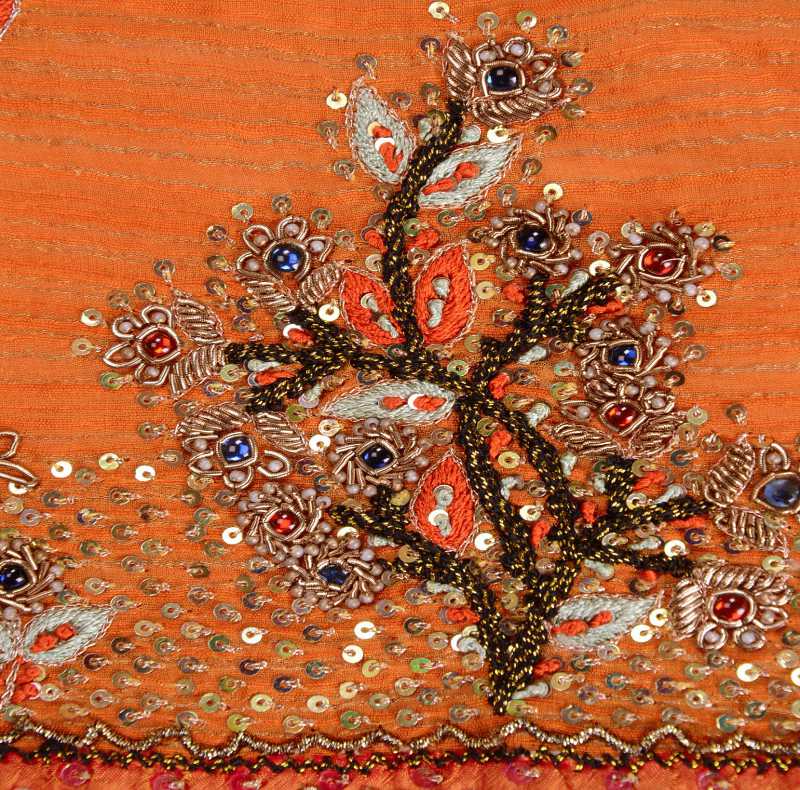===
0299,
13
===

=== |
 |
FWP:
SETS == [GROTESQUERIE]
MOTIFS
NAMES
TERMS == METAPHOR; THEMEThe first line seems to lead us toward a grotesque vision: that of the apparently decapitated lover who then picks up his own head and wanders around, using it as a begging-bowl and seeking for a vision of the beloved. As SRF points out, Nasikh's second verse invokes exactly this reified image of the headless lover and his skull-made begging-bowl.
But as SRF points out, Mir's second line (fortunately!) pushes us firmly over into metaphorical territory: the speaker is disgusted or disaffected with his life, which is very different from being already decapitated and wandering around headless. He might be ready to die, but he's not dead yet. He's disgusted with his life, but he still has agency and could even change his mind if he wanted to. (I can't help remembering the 'Bring out your dead' sketch from 'Monty Python and the Holy Grail'-- 'But I'm not dead yet!'.)
The second line thus opens up the metaphorical territory of the living, functioning head as a 'begging-bowl' that seeks to receive the alms of a vision/sight of the beloved. That's a little awkward, but by ghazal standards not at all extreme. It's an example of how the poet can flirt with zombie-like grotesquerie, and then escape it. It's an intriguing effect, and appears here with unusual clarity.